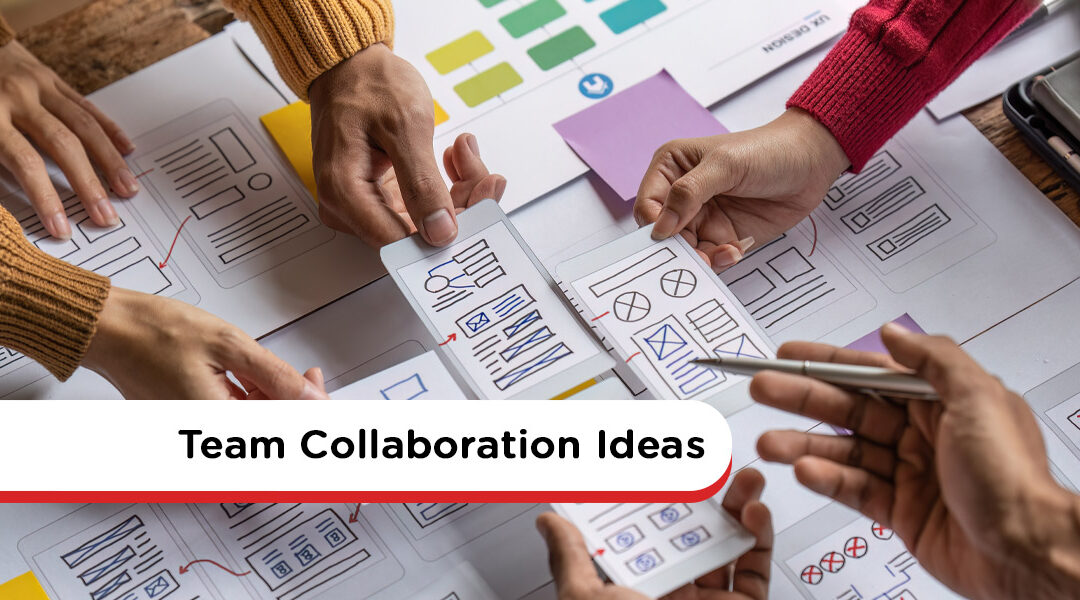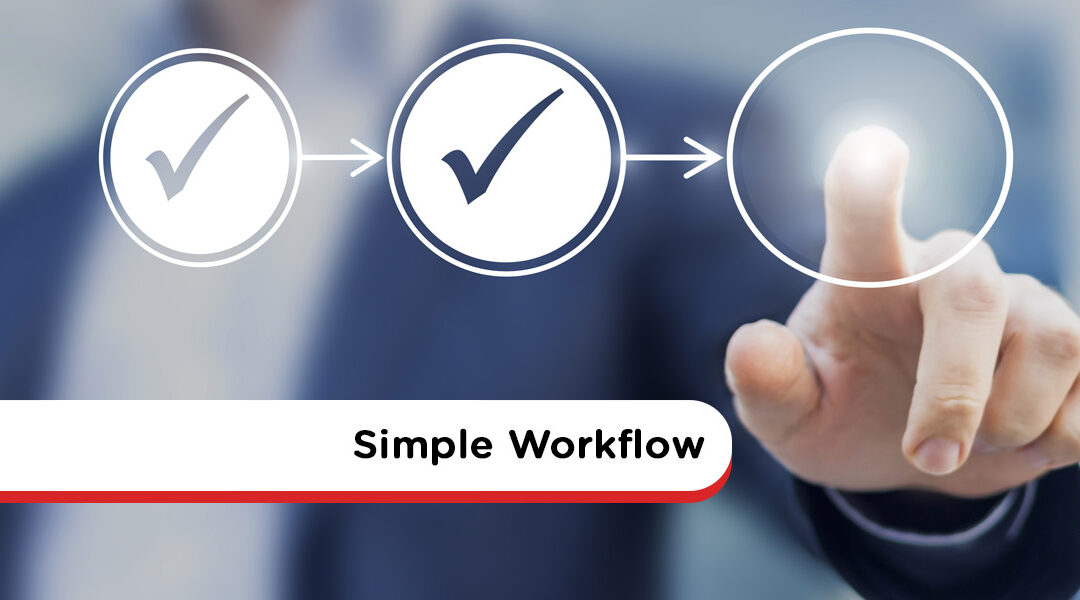In today’s dynamic workplace, cross-team collaboration is no longer a nice-to-have—it’s a necessity. By bringing together employees from different departments, organizations can harness diverse expertise, perspectives, and problem-solving approaches to tackle complex challenges. Whether it’s developing new products or improving workflows, working collaboratively across teams drives agility and innovation.
Beyond boosting creativity, cross-team collaboration improves internal communications, breaks down silos, and strengthens personal development. It opens up new channels for dialogue, increases transparency, and promotes mutual learning, which enhances employee morale and retention. Employees feel more engaged and aligned with the company’s purpose when they can actively contribute and see the bigger picture.
From increasing operational efficiency to improving customer experience through better alignment with the flywheel model, cross-functional teamwork proves its value across the board. The article explores 10 compelling benefits and offers real-world examples that show why every business—big or small—should foster a culture of collaboration.










